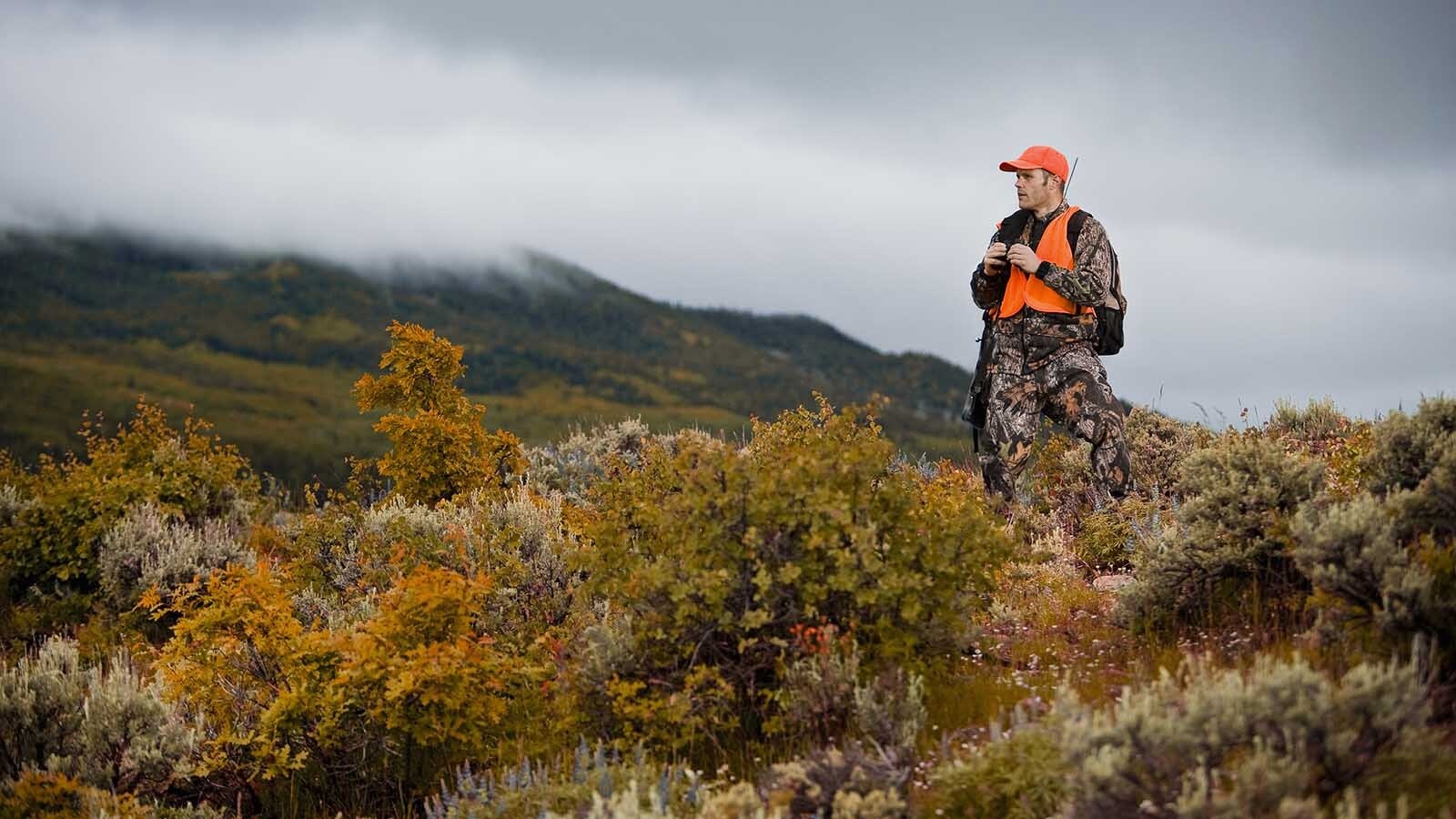The sky is red. The air is smoky and heavy.
As the 170,000-acre Mullen Fire rages 75 mile west of Cheyenne, smoke from the blaze is filling the community and ash is raining down.
It’s so smoky, air quality alerts have been issued again for the area through at least Friday at noon.
This morning, visibility was near zero on I-80 in southeast Wyoming. The photos the National Weather Service posted show just how dense the smoke was.
While better weather is forecast for the area over the weekend, the problem, according to firefighting officials, continues to be the sheer volume of dead trees they have to deal with.
The dead trees are the fuel which feeds the fire.
On Thursday afternoon, the heavy fuel load was mentioned again. John Wallace, Operations Section Chief, said crews couldn’t use the roads in the northern section of the fire because of all the dead trees blocking the pathways.
“They’re looking for a way to get back in here and work. These roads that we’ve been trying to utilize have a lot of dead Ponderosa lodgepole pine and very difficult conditions in there and not a lot of success,” he said.
In the Keystone and Rambler areas, Wallace said “there’s just a lot of dead material in there that’s burning, and it’s burning intensely.”
He said the same thing this morning.
“We are still in there working and trying to actively establish lines in there but there’s been resistance primarily due to the amount of heavy downed and dead fuel, largely the dead lodgepole pine.”
Cheyenne resident Brian Harmsen said roads that were easily passable in a 4×4 pickup in 1995 were more like a riverbed last summer.
“I’ve had to include my chainsaw as required equipment and have cut my way in as well as cut my way out on account of dead trees that fall across the roads frequently,” he said.
Wyoming’s weatherman Don Day says the smoke will remain in the area through Sunday or Monday. He said a cold front will come through the area — which is good news — but won’t extinguish the blaze.
“The front will be a fast-mover which will limit precipitation. However it’s not going to be enough to put the fires out. It won’t be a season-ending storm system when it comes to the wildfires,” Day said.









